Giants
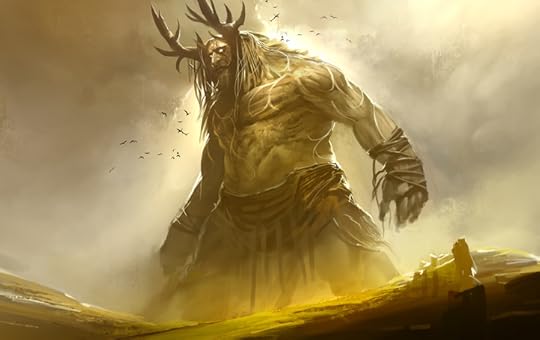
A giant is a huge mythical, humanoid being. They were often savage creatures, prone to cannibalism and stupidity. Heroes defeated these creatures through wit rather than strength.
Stories of these creatures can be found throughout Greek, Roman, Norse, and European mythology. So what inspired these massive creatures?
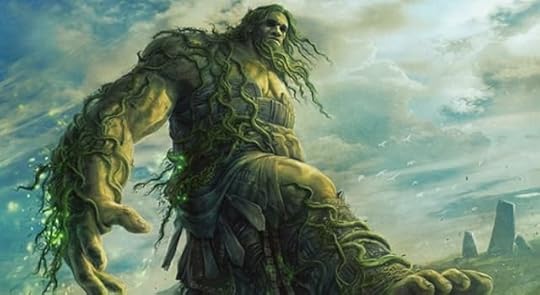
In folklore, giants are typically human-like in appears but are known for their size and strength. The word giant first appears in 1297 from Robert of Gloucester’s chronicle. He took the work from the Greek gigantes.
Fairytales such as Jack and the Beanstalk have depicted these animals as violent, eating humans or livestock. In more modern tales such as Gulliver’s Travels and BFG, the giant appears as intelligent and friendly.
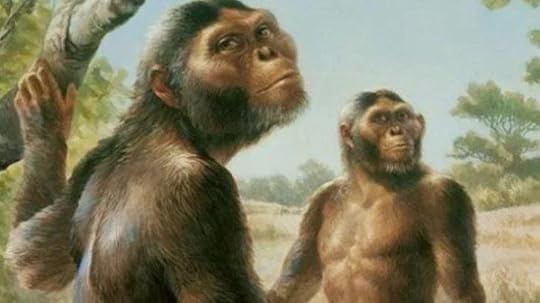
Some scientists believe that the origin of the giant belongs to an extinct genus of non human apes called Meganthropus. The group lived during the Pleistocene (2.5 mya to .01 mya) in Indonesia.
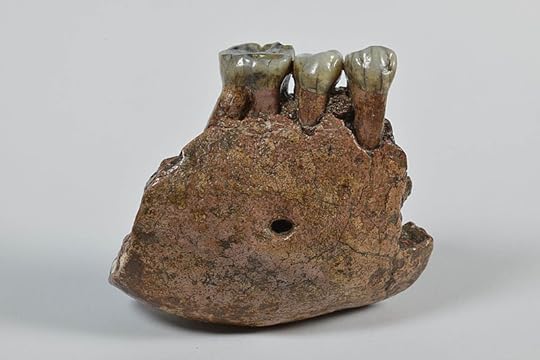
Meganthropus is known from a series of large jaw and skull fragments and isolated teeth. These fragments describe a humanoid creature much larger than humans today.
Meganthropus is though to have been around 2.5 m tall and weigh up to 275 kg, if scaled to the proportions of an erect man.
These fossils were discovered in the 1940’s and have been hotly debated since. For many years, scientists did not consider Meganthropus a valid taxon, due to lack of evidence. The consensus was it was a form of ape, but the measurements were wrong.
However, in 2019, study of the tooth morphology found Meganthropus a valid genus of non human apes, closely related to others from the area.
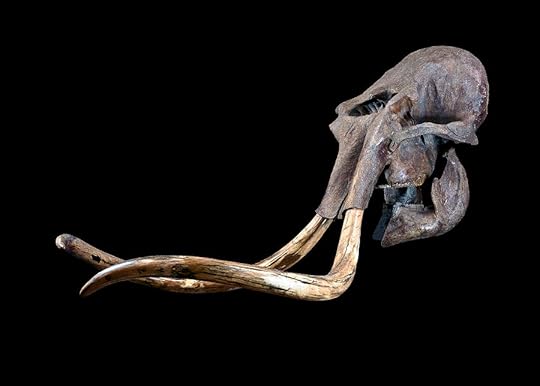
Other researchers believe that stories of giants came from finding mammoth teeth, shed around the world.
Mammoths are a group of extinct proboscideans. They lived during the Pliocene to the Holocene (5- 0.0037 mya). These animals lived around the world with fossils appearing in Africa, Europe, Asia, and North America.
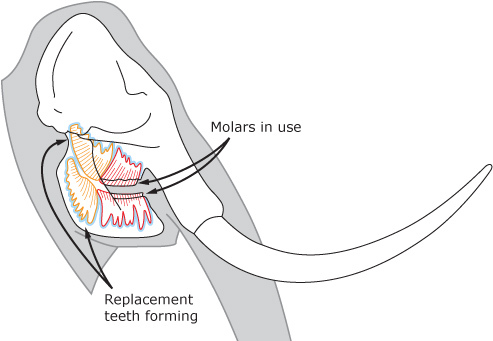
Mammoth teeth are interesting because they only had six teeth for their entire lives. Unlike humans, these animals did not follow the pattern of “milk” teeth and “adult” teeth. Nor did they have traditional “tooth battery” like sharks.
Once a tooth is worn down from grinding, a new tooth grows behind it. The new tooth slowly moves forward and pushed the old tooth out. This leaves behind a fresh set of ridges for grinding food.
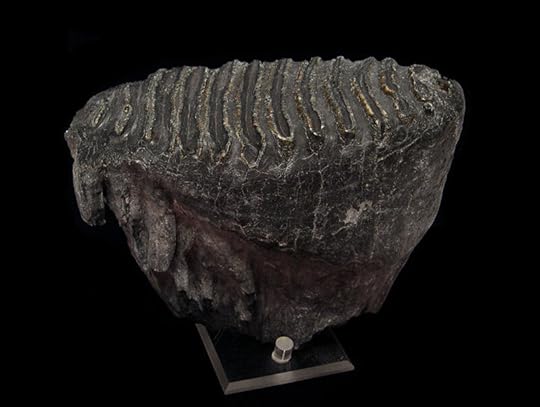
The replacement process continues until the sixth tooth is in place. This happens when the mammoth is about 30 years old. The mammoth uses these teeth for the rest of its life. The average lifespan is thought to be around 70 years.
Once these teeth are worn down, there are no more replacement teeth. Without teeth, the mammoth can no longer eat and starve. Any teeth that were shed during the mammoth’s lifetime were dropped and left behind. Possibly for people to find.
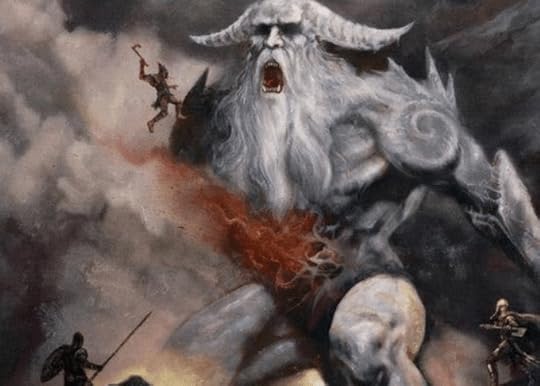
The debate on the origins of giants is still contested. Whether it was inspired by a giant ape fossil or the dropped teeth of mammoths, this myth has captured our imaginations. It has continued to change and grow over the years and is sure to last.
Sources:
Bahn, Paul G.; Lister, Adrian (1994). Mammoths. New York: Macmillan USA.
Blaxland, B. Hominid and hominin – what’s the difference? The Australian Museum. Retrieved April 19, 2022, from https://australian.museum/learn/science/human-evolution/hominid-and-hominin-whats-the-difference/?fbclid=IwAR1CTYlf-ISLsH-15Ig2LkuBXs_OjCyxQiO8c__0AkszlP07HMveb4moeTw
Children’s Museum of San Jose (Ed.). Did Mammoths Lose their Teeth. Mammoth Discovery. Retrieved April 19, 2022, from https://www.cdm.org/mammothdiscovery/toothloss.html?fbclid=IwAR0Sua5QjkH81yKQDHgm_l2VkZaQJCeRephHHrIdFHz_jbrWGDrnL-Afgsk
Encyclopædia Britannica, inc. (n.d.). Giant. Encyclopædia Britannica. Retrieved April 19, 2022, from https://www.britannica.com/topic/giant-mythology
Schäfke, Werner (2015). ″Dwarves, Trolls, Ogres, and Giants″. In Albrecht Classen (Ed.): Handbook of medieval culture. Fundamental aspects and conditions of the European middle ages, vol. 1. Berlin: de Gruyter, pp. 347–383.



